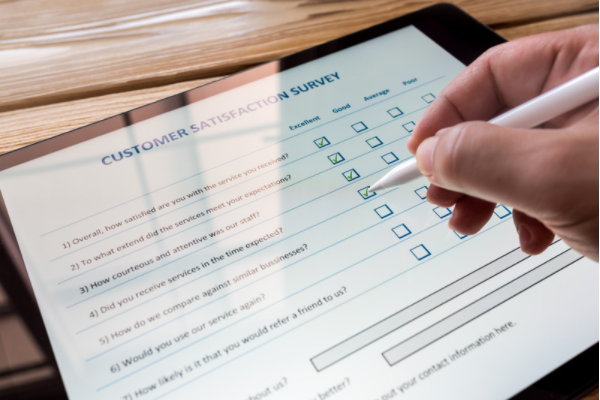
In market research, we know very well that time and money are of the essence when facilitating your studies. Researchers want to send out their surveys as quickly as possible to beat the clock. But rushing the distribution of a survey can often cause more harm than good.
If a survey is conducted prematurely, issues such as measurement errors, respondent burden, respondent bias, and question misinterpretation may arise. These problems result in a waste of time, effort, and budget. Further setting you back on your research goals.
You can avoid these problems by performing survey pretests to test whether your survey is valid and reliable in its purpose.
What is a survey pretest?
A survey pretest is where a questionnaire is tested on a small testing group from the target population to measure its separate components and efficacy before it is used on the primary respondents of the study.
If you ask yourself how to pretest a survey, it depends on the scope and scale of your research. Your pretest could be anything from a quick and straightforward evaluation to a more complex and significant process.
As long as a pretest is conducted, no matter how simple or complex it may be, it is always the preferable option instead of sending out an untested survey that could negatively affect your study.
Benefits of pretesting
If you know how to pretest a survey, it could prove beneficial for your research because you would be able to:
Detects potential problems early
Pretesting can help you find and fix problems in different survey components to avoid errors in gathering and reporting data. These components include survey appropriateness, item sufficiency, and survey structure.
Predict participant responses
- By having a pretest, you will have an idea of how your respondents will react or respond to the actual survey. This idea helps you fine-tune your survey to suit both the participants and your research objectives. A pretest enables the researcher to assess respondent well-being during the survey and helps them anticipate future recruitment issues, responses, and retention rates.
-
Refine research protocols
When a pretest is conducted, researchers can evaluate the length of time required to complete the survey and what mode of administration (e.g., phone, in-person, computerized) is the most applicable for the participants.
7 Pretesting Methods
There are multiple ways on how to pretest a survey, ranging from simple to complex methods. These methods can be used alone, in conjunction with one another, or in a repetitive manner.
Respondent Debriefing
The advantage of this tactic is that it does not interrupt the survey-taking process. But on the other hand, there is a chance that the respondents may not be able to recall the items they had difficulty with.
Focus Groups
This method is beneficial when the topic of interest is limited because the group will be able to clarify basic concepts in the survey and provide researchers with fresh perspectives regarding respondent burden and topic sensitivity. The disadvantage of this method is that group reaction could influence individual responses.
Behavior Coding
This psychological technique involves observing and recording non-verbal behavior between the interviewer and respondent. This method effectively denotes specific qualities and characteristics of behavior. For example, researchers may witness behavioral cues that signal the respondent having problems during the question-answer process. The problem with this technique is that it does not identify the exact problem with the survey items.
Concurrent Think-Aloud
Respondents provide feedback on each item of the survey. The open format of this method can provide useful information about the questionnaire items. Coding this information is labor-intensive, and giving comments on every item can require quite a bit of effort on the part of the respondent.
Interviewer Debriefing
Group discussions with the interviewers who will administer the survey. The method identifies challenging questions in the survey but doesn’t include any input from potential respondents.
Pilot Study
This can also be identified as the “dress rehearsal” or “soft launch” of the survey administration and procedures. It is the small-scale version of the planned study. The advantage of a pilot study is that it can test the feasibility survey itself. The main disadvantage is that it requires additional resources.
Expert Review
A draft of your survey is reviewed by an expert in the topic of interest. This method is cost-efficient and saves valuable time, but it excludes any input from potential respondents.
Gather Actionable Insights with CyberFacility®
Utilize Civicom CyberFacility® for your online market research focus groups and in-depth interviews to get detailed insights. Find out more about our web IDI and FG qualitative research solution.


